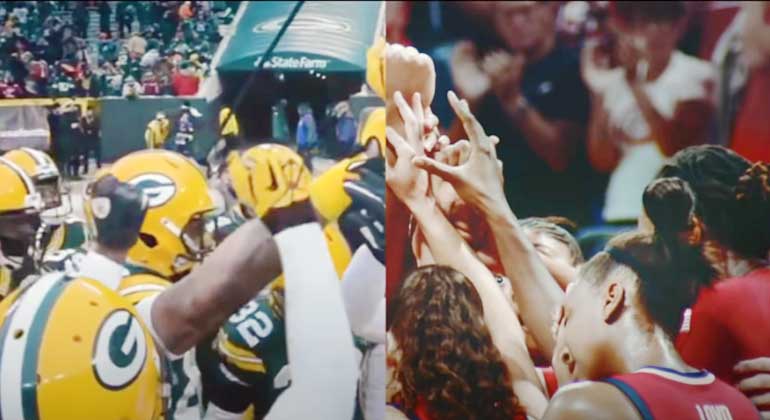
THE YEAR 2020 is when everything changed, when things ranging from how people shop, work, socialize, and study have been affected by the coronavirus disease 2019 (COVID-19) virus. The same goes with how ads are now made, what message they transmit to their customers, and how they incorporate this new, pandemic-laden reality, into the world of targeted storytelling.
“I think one of the big questions we get asked a lot is ‘how should my brand treat COVID-19 (coronavirus disease 2019): do we need to address it directly? Do we need to talk about it in context? And what behaviors can we display or not display,'” Ben Jones, global creative director, for Unskippable Labs, said in a press conference held after YouTube Brandcast 2020.
YouTube Brandcast is the video-sharing platform’s annual event targeted toward brands while Unskippable Labs is Google’s program that “help[s] brands figure out what type of creatives work on YouTube,” according to its website.
“The challenge of that is there’s this overwhelming human context that we’re all in — we’re all experiencing this — and yet our experiences have a lot of nuance to them,” Mr. Jones explained.
But what kinds of ads make people want to watch and not skip? Mr. Jones said these are “ads [that] made no reference to the crisis at all” and made an example of the recent Nike ad titled, You Can’t Stop Us, which featured existing videos of athletes and how they can’t be stopped and that every adversity makes them come back stronger. Nike, in the video, explained that “if you have a body, you are an athlete.” The video has been viewed almost 60 million times and was uploaded last month.
“The top pool of ads made no reference to the crisis at all. They didn’t depict behaviors that were specific to the crisis. They didn’t talk about it directly. So what we saw is that many brands who are trying hard to make reference to the crisis were losing track of their own brand,” he explained.
Reactions to ads that make direct mention of the pandemic are “so overwhelming that consumers were not remembering the brands that were in the ads.”
“You need to be extraordinarily humble, you need to understand what your role is in the lives of consumers and what products or services are interesting to them, but you don’t need to make the ads about COVID: you need to make your ads about your brand and the role you can productively play,” he said.
In the Philippines, milk brand Lactum created the ad Alagang Ramdam ng Bawat Pilipino in May in time for Mother’s Day. The ad narrated the story of a mother’s love and highlighted the heroic roles of moms who are also COVID-19 frontliners. The video has been viewed more than 19 million times. And while the ad talked about COVID-19, it did so in a way that did more than highlight the pandemic, it highlighted the strength of mothers who fight it and still take care of their families.
AD PRODUCTION IN THE TIME OF COVID-19
With the health restrictions that came with the management of the pandemic, the production of advertisements became tricky as gone are the days when large scale ads could shoot in a studio with numerous staff members. This means that creatives have to be more creative.
“On YouTube, we are seeing advertisers that are starting to make ads that anticipate and embrace this new reality. As many businesses continue to think about how to navigate these uncertain times, creatives are experimenting with different storytelling styles,” Mr. Jones said in a release.
“From reimagining existing assets, reinvigorating animation to miracles of editing that take our breath away, we are seeing ads that are both effective and distinctive despite the constraints,” he said.
During the conference, he noted that “more creative directors’ children are starring in ads than ever before” and the same goes for behind-the-scenes staffers who are now getting a shot in from the camera.
The pandemic also saw “an explosion of animation and CGI (computer-generated imagery)” especially in food brands as they “explore the deliciousness of their food in a way that doesn’t require people to get together.”
“A whole range of options are opening up, [and there are] new opportunities to be creative in different sorts of ways,” Mr. Jones said.
And in order to create effective ads in such a different time, he advised that creatives “explore new signals” and “look beyond basic demographic signals.”
Once brands have settled on their signals, the trick is to “tune those stories based on those signals.”
“This doesn’t need to be a large change — you can use exactly the same video clip but in a different [way] that references the consumer context or creates a connection to their passion, and that can again increase creative effectiveness,” he explained.
Finally, it’s all about experimentation.
“This path of experimentation can open up a pretty extraordinary upside and allow you to build from a small base into a healthier place for your business,” he said. — Zsarlene B. Chua
